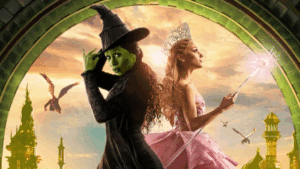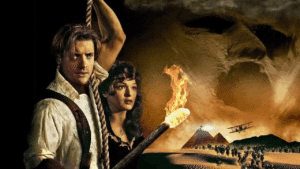LEGO isn't just a toy brand. For many generations, it's a symbol of creativity, patience, and imagination.
For millions of people around the world, opening a box of LEGO is like opening a door to endless possibilities.
No matter the age: whether a child is building their first house, a teenager is creating a spaceship, or an adult collector is recreating historical monuments, the LEGO experience is always unique.
Over the course of nearly a century, LEGO has evolved from a small carpentry workshop in Denmark to a global cultural phenomenon, present in more than 130 countries and influencing not only the toy industry but also film, education, and pop culture.
To understand the magnitude of this phenomenon, it's necessary to delve into its history: from the days when the company manufactured simple wooden toys to the current era, marked by robotics, augmented reality, and multi-billion-dollar film franchises.
📜 Humble Origins – Billund, 1932
The LEGO story begins in 1932, in the small Danish town of Billund, when Ole Kirk Christiansen, a skilled carpenter, decided to make wooden toys to support his family during the Great Depression.
Before that, Ole made ladders, ironing boards, and small furniture, but he soon realized that toys were more popular in the local market.
At first, he sold trucks, ducks, and articulated wooden animals. In 1934, the company officially adopted the name LEGO, formed from the Danish words “leg godt”, which mean “play well”.
Curiously, years later Ole would discover that, in Latin, “lego” also means “I join” or “I assemble,” a meaning that would fit perfectly with the future of the brand.
🔥 The 1942 fire and reconstruction
LEGO's journey wasn't easy. In 1942, a devastating fire completely destroyed the factory, taking with it machines, molds, and the entire inventory.
Instead of giving up, Ole decided to rebuild from scratch, using the tragedy as motivation to invest in improvements. That resilience would become one of the pillars of LEGO culture.
🏭 The Plastics Revolution – 1947 to 1958
In 1947, LEGO took a bold step by acquiring one of the first plastic injection molding machines in Denmark.
The decision wasn't well received by everyone: at the time, wooden toys were considered more durable and "noble," while plastic was seen as cheap and low-quality.
Still, Ole believed that this material would allow for the creation of toys with shapes and functions that were impossible to achieve with wood.
In 1949 the first plastic blocks appeared, inspired by the design of the Kiddicraft Self-Locking Bricks, created by British inventor Hilary Page.
The real leap occurred in 1958, when Ole's son, Godtfred Kirk Christiansen, patented the system of inner tubes inside the pieces, guaranteeing a firm and versatile fit.
This design, to this day, is compatible with any LEGO piece manufactured since then.
Coincidentally, Ole died that same year and Godtfred took over the company.
🌍 The concept of system – total integration
During the 1960s, Godtfred understood that the secret to differentiating LEGO was to create a universal system, where all the pieces could be combined with each other.
Thus was born the LEGO System, a revolutionary concept that transformed every LEGO box into part of a larger universe.
This approach stimulated the children's creativity, as they could mix pieces from different sets to create something completely new.
🚀 International expansion and arrival in America
The 1960s also marked LEGO's entry into the international market.
In 1961, the company entered the United States and Canada through an agreement with Samsonite, which manufactured and distributed the products in North America.
In 1968, LEGO opened the first LEGOLAND park in Billund, a space that combined fun and giant exhibits built with LEGO pieces.
The park attracted 625,000 visitors in its first year and would become a model replicated in countries such as the United Kingdom, Germany, the United States, Japan, Malaysia, and the United Arab Emirates.
🤖 70s – Minifigures and diversification
In 1978, LEGO introduced one of the most iconic products in its history: the minifigures.
These small articulated human figures, initially with simple, smiling faces, paved the way for the creation of thematic worlds, such as:
- LEGO City – urban life
- LEGO Castle – castles and knights
- LEGO Space – space exploration
- LEGO Pirates – pirates and ships
The minifigures became collector's items and, decades later, true limited edition pieces highly valued by fans.







